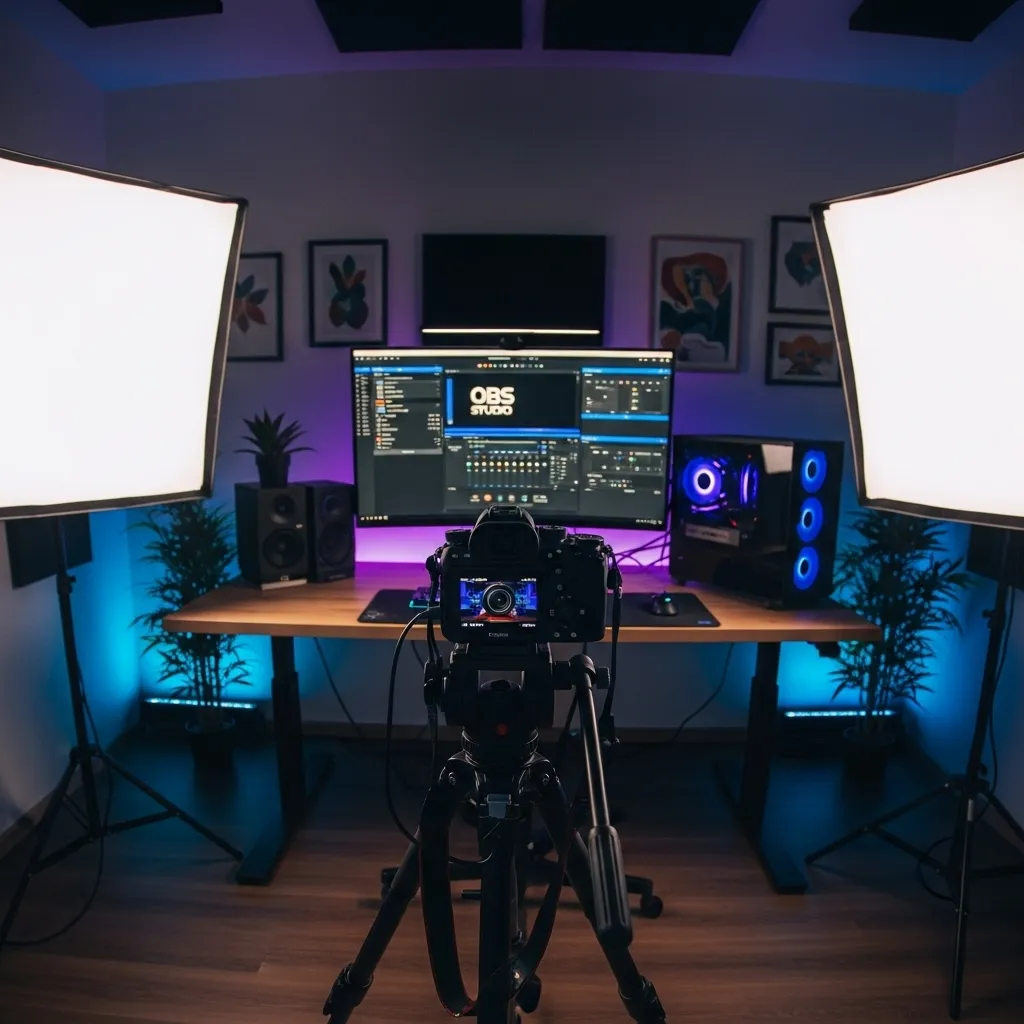
At Xpixel Studio, we believe that achieving streaming success begins with an effective camera setup. Whether you’re a gamer, educator, or business professional, the right approach can elevate your content to captivate your audience. In this article, we’ll share five key strategies to help you achieve a seamless and professional camera setup for your streaming needs.
The camera strategy is central to streaming quality and content delivery. Investing in a comprehensive strategy ensures sharp imagery, smooth movement, and consistently high-quality streaming. Your camera, along with supporting gear, should aim to eliminate issues like blurry visuals, poor lighting, and choppy streams. For beginners, Tom’s Guide offers valuable insights to get started.
As Casey advises, not all cameras are created equal. Align your content goals with your budget, whether you’re considering webcams, DSLRs, or mirrorless cameras. Webcams are ideal for beginners, while DSLRs offer advanced features, and mirrorless cameras deliver superior image quality. Digital Camera World provides a helpful setup guide to navigate your options.
Lighting significantly impacts the visual quality of your stream. Whenever possible, utilize natural light, supplemented by a softbox or ring light to avoid harsh shadows. Position lights at 45-degree angles to your face for optimal results. Good lighting ensures true color capture and minimizes distortions.
To achieve a professional look, fine-tune your camera settings. Set the resolution to 1080p and adjust the frame rate to 30 or 60 fps. Tailor the white balance to your lighting conditions, and use manual focus to prevent focus hunting during live streams. Platforms like OBS Studio offer step-by-step guides for optimizing camera and video settings.
Avoid shaky footage by using a sturdy tripod or desk mount. Follow the rule of thirds by positioning your eyes near the top third of the frame, creating an engaging composition that retains audience attention.
Audio quality is as crucial as video. Use external microphones for superior sound. Ensure audio and video sources are synchronized to prevent delays. Before live events, conduct test runs to identify and resolve any issues. For complex setups, refer to the Epiphan guide for comprehensive coverage.
High-speed, stable internet connections reduce buffering and dropped frames, enhancing stream quality.
Maintain an uncluttered background to keep the focus on the speaker. Consider using green screens for virtual backgrounds.
Regular maintenance, such as cleaning lenses and cables, helps prevent technical issues and ensures a smooth stream.
Conducting test runs helps identify and address potential problems before official streams.
Your choice depends on your needs and budget. Webcams offer affordable streaming quality, while DSLRs and mirrorless cameras provide unmatched quality at a higher price.
Position the camera at eye level with a balanced, neat, and well-lit background for the best results.
Proper lighting prevents shadows, enhances clarity and color, and contributes to a professional appearance in your streams.
Using a dedicated microphone and syncing audio and video in your streaming software can resolve these issues. Conducting tests before live sessions helps identify lags.
Yes, smartphones with quality cameras can be used for streaming when paired with appropriate apps and mounts.
A minimum upload speed of 5Mbps is required for 1080p streaming. Higher speeds improve stream stability and quality.
Receive an additional 30% discount for your first order by signing up through email!